How are waves formed? Everything a surfer needs to know

You may have wondered on more than one occasion how waves are produced. Let’s take a look at everything you need to know.
What are waves?
The first thing to understand, of course, is what waves are. There is no surfing without waves, so it is essential that you know in depth how they are produced, but also what they are, since both things come hand in hand.
Therefore, the first thing is to conceive of them as ripples that move across the surface of the water. These are ripples that are generated and can travel for thousands of kilometers, all the while growing in size. It is very complicated to measure a wave, although the largest waves tend to form offshore, while the smallest occur near the beach.
You may be interested in: surf school in Lanzarote for beginners
How are waves formed?
To understand the formation of waves, we must understand that there are some factors that affect the water. Waves, in themselves, are generated through variations in the temperature and pressure of the atmosphere, without the need for wind, at least necessarily, to affect them.
At the same time, low pressure centers, known as squalls, and high pressure centers, known as anticyclones, generate air movements. That is, the wind that occurs through these variations and movements allows it to travel from places where there is more pressure to those where there is less.
Therefore, when there is a greater difference in pressure between one place and the other, there will be a greater speed at which the wind travels. The fact that the wind rubs on the surface of the sea water forms some small waves. When the friction increases, the size of the waves will increase accordingly.
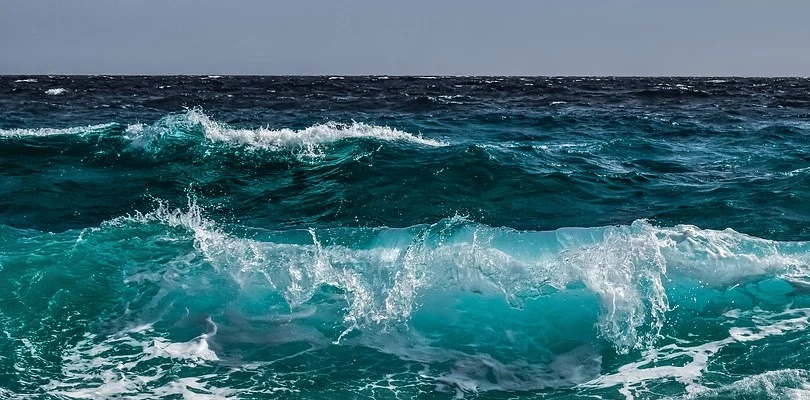
All this allows special waves to be generated for surfing, even some gigantic ones, as happens in the Nazaré canyon. Therefore, we know that the waves will vary according to the strength of the wind, the time or persistence with which it can blow in a certain place and the oceanic area.
In the case of surfers, we believe we know and understand the sea better than anyone else, in the sense that we conceive it in a practical sense. However, in order to be able to better read the wave forecasts, it is also essential to understand the theory. That is, why there are waves with a longer period that will come in clearer and more orderly and why others are not so clear and orderly.
Factors influencing wave formation
While you might think that the wind hinders your wave riding experience, the reality is that it is a surfer’s greatest ally and friend. When there is no one else but you in the sea, the wind is probably with you. At the same time, it makes the waves open up and improves the conditions for you to practice the sport.
Therefore, we could say that the wind is the beginning of the waves. On the high seas it causes the sea to comb, forming some small crests. These waves begin to grow thanks to the stability, the constancy of the force and the energy emitted by the wind. The more stable it is, the better the wave will be in terms of greatness.
However, it is also common that the conditions are increased if the seabed is smooth and there are no obstacles in the path of the wave. This is because nothing will slow down the ample energy rising from the sea, which is why, upon reaching the beach, the waves will break in irregular shapes, with water that you will recognize as choppy.
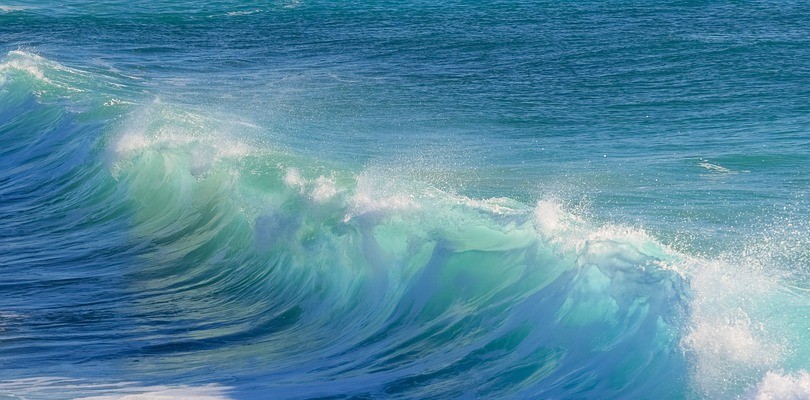
At this point, it is important to know that, at the edge of the beach, the water depth decreases and the water ends up dying on the sand. The mass of water appears with a speed and energy that derives from the force, distance and cleanliness of the wind. Upon reaching the shore, this wave slows down due to the friction of the water with the sea floor.
The bottom of the water wave becomes slower when it collides with the water, although the top part remains with the same momentum. This causes the crest that the wave breaks, so that, depending on the seabed, one type of wave or another will be created. Hence the difference between the most brutal waves and others that are softer.
If you like more powerful waves, you will have noticed that sudden changes of sand or bottom, as with rocks or coral, cause more intense friction. This causes the energy of motion to form more aggressive waves, breaking suddenly and much more powerfully.
Types of existing waves
We already know what waves are and how they are formed. Now, we should find out what are the different types that exist. According to the direction in which they break, we can divide them into “right-handed waves” and “left-handed waves”.
Right-hand waves are those that, when you surf them, you move to the right. Generally, they have a peak in the highest area that causes them to break progressively towards that side. Left waves, on the other hand, will make you move to the left, having a peak in the highest area that breaks progressively that way. Therefore, the direction matters here.
Then, we can also take into account the place where the waves are formed. There are 2 types of waves. Wind waves are produced by the effect of the wind on the sea water, created at a short distance from the coast, generating low quality waves, small and with great instability, which almost always break precipitously, because they come from several directions.
On the other hand, the swell waves are of the highest quality and size, since they are generated thousands of kilometers away from where they break. Therefore, they reach the coast with a much longer period of time and allow you to enjoy the characteristics you like so much, since they are “prepared” from a greater distance.
There are also waves according to the type of seabed. Basically, there are 3. The first is the wave with sand bottom, less dangerous than those we can see in the rock and reef, although with a higher rate of instability, causing them to be irregular and with changes in the tides and currents.
Rock bottom waves break on a stone or rock, having a much more stable environment, as there are almost never variations. However, they are dangerous for amateur surfers, so we do not recommend that you practice the sport there until you have experience.
On the other hand, coral bottom waves are very similar to those of rocks, with the difference that they are living organisms. They are stable and with few changing conditions, although there is a greater oxygenation and allows transparency to let us see what we have underneath.
There are also 4 other important categories of waves in general terms. The first are those of oscillation, which are generated with variations at sea level, at the surface. It is not that the water moves forward, but that, simply, there are turns to go up and down, so it is common to occur miles from the coast.
Translational waves are generated when the sea advances and crashes against the seabed, varying the surface. They usually occur close to the coastline, so you will be used to see that they have a large amount of foam.
As for the forced waves, we see that they are those that occur by sea storms as a result of the wind. These waves are impossible to surf, since there are no forecasts to know how they will be when they reach the coast, so they are also dangerous.
Also seismic waves, which are triggered by earthquakes, volcanic explosions and even the movement of tectonic plates, all at high speeds. Therefore, there are huge dimensions and forces in them, so they can be terrifying, even for experienced surfers.
Finally, we can not fail to mention the types of waves that are generated when breaking. We have the hollow waves, which are those that we see a crest that exceeds the base, generating a cylinder inside. These are ideal for surfing, due to the ease of maneuvering.
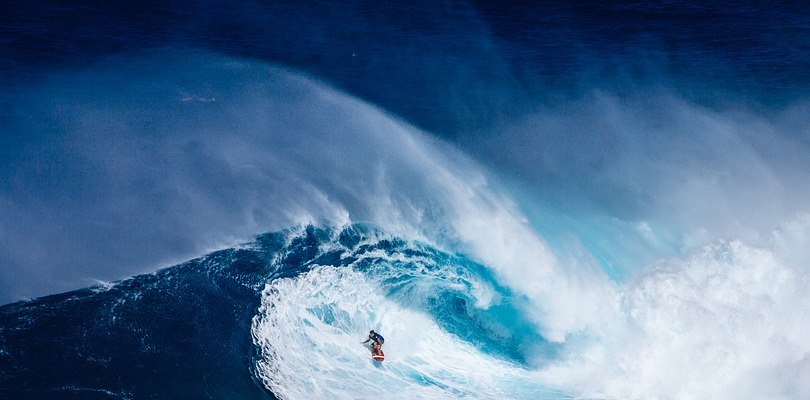
Tube waves are a variation of the previous ones, where the top rises so high that it closes a tube inside it. These are the ones that all surfers dream of, in the sense that you can have the wall of the wave surrounded by it.
We see wavy waves, where the base is further forward than the wavepart. Sometimes they do not break or are purely foam, so they will not have too much slope.
Finally, the shore waves are those that break close to the shore, being dangerous because the fall is against the bottom.
You now know all about the creation, types and characteristics of waves, and we hope you will take advantage of this knowledge to surf great waves!
If you want to try more than forty different waves we recommend visiting the Canary Islands and especially surfing in Lanzarote where the quality of the waves is impressive.
Related articles

The parts of a surfboard
BOOK NOW The parts of a surfboard Knowing what the parts of a surfboard are will mean acquiring specialized knowledge
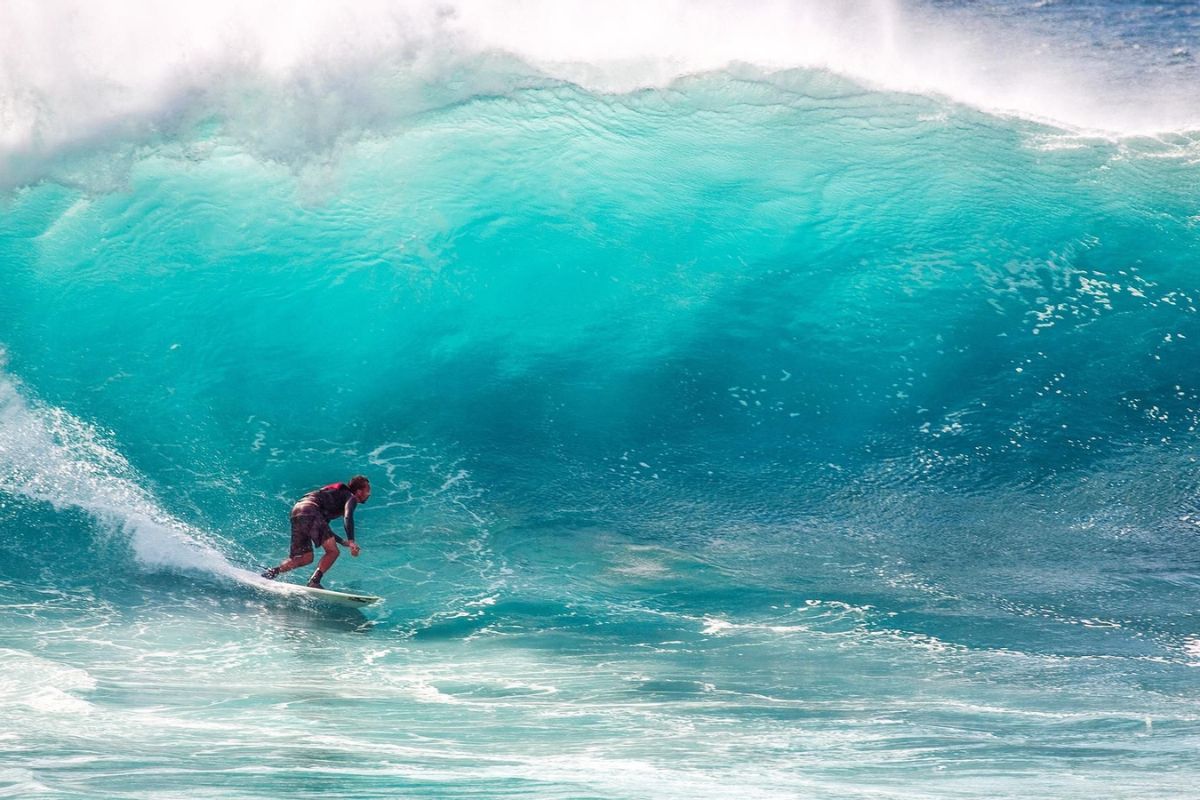
The Best Surf Guide: Alicante
Alicante has its own rhythm of waves: warm waters, endless beaches and an atmosphere that engages from the first paddle. Here the surf mixes with the sun and the good energy of the Mediterranean. This guide will take you to places where the tide invites you to enjoy, whether you are just starting out or if the sea is already part of your life.
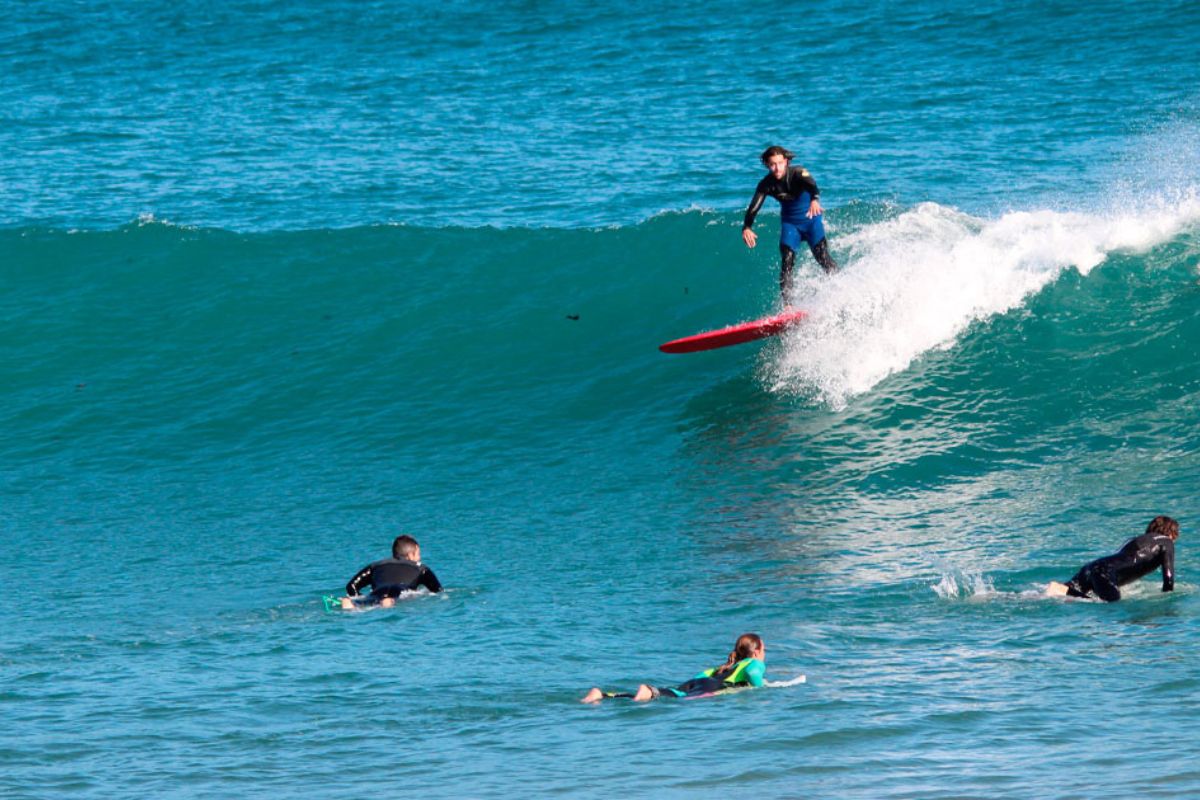
The Best Surf Guide: Valencia
In Valencia, surfing is lived with Mediterranean soul, between soft breezes, golden sand and endless sunsets. With this guide, you will discover the spots where the sea and good vibes go hand in hand. Perfect for beginners… and for those who can’t live without waves.








